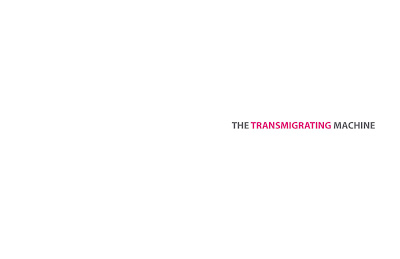 (vector-diagram in progress)
(vector-diagram in progress)Different transformation strategies (solutions to moving parts and attachments) of the components that makes up the mother-traincar. The nested vehicle is a component that is being held in the mother-car's receptacle. It is able to detach itself and move freely as a service vehicle. It acquires it's energy from a rechargeable port of the mother-traincar that acquires its energy from recycled kinetic energy of the moving train that it attaches itself to. The component that is the factory and the home are sharing it's spatial configurations through an intelligent wall system. It is able to share a confined area through movable and interchangeable mechanical wall components. The 'Hand' is the main component of a semi-parasitic attachment of the mother-traincar to an existing running train that defines it's traveling method through the global train routes.
 Transforming Train Wall
Transforming Train WallTransformation of the traincar wall system that allows the factory+home space to open up to the outdoors in ways of expanding it's confined territory at certain moments when the mother-traincar is parked at specific locations. It is a moment at which there is an indoor-outdoor relationship, as the nomadic community inhabiting the mother-traincar are indoors most of the time during the train travel.

Nested Vehicle ( iteration 01)
Development in progress.
[based on discussions with vito, the idea of the nested vehicle should be a fluid-organic solution in contrast to the more mechanical characteristics of the mother-traincar. It is a shape-shifter. It is able to blend in any environment and maneuvers itself through different terrains and site conditions. It has no specific identity. It is a service vehicle that goes and comes back. It is out in search of food supplies (daily,weekly etc), collecting waste materials that is then being processed in the 'factory'. It returns bringing all these materials for the community. Hence, the nested vehicle is the more free form than it's mother. It is free.































